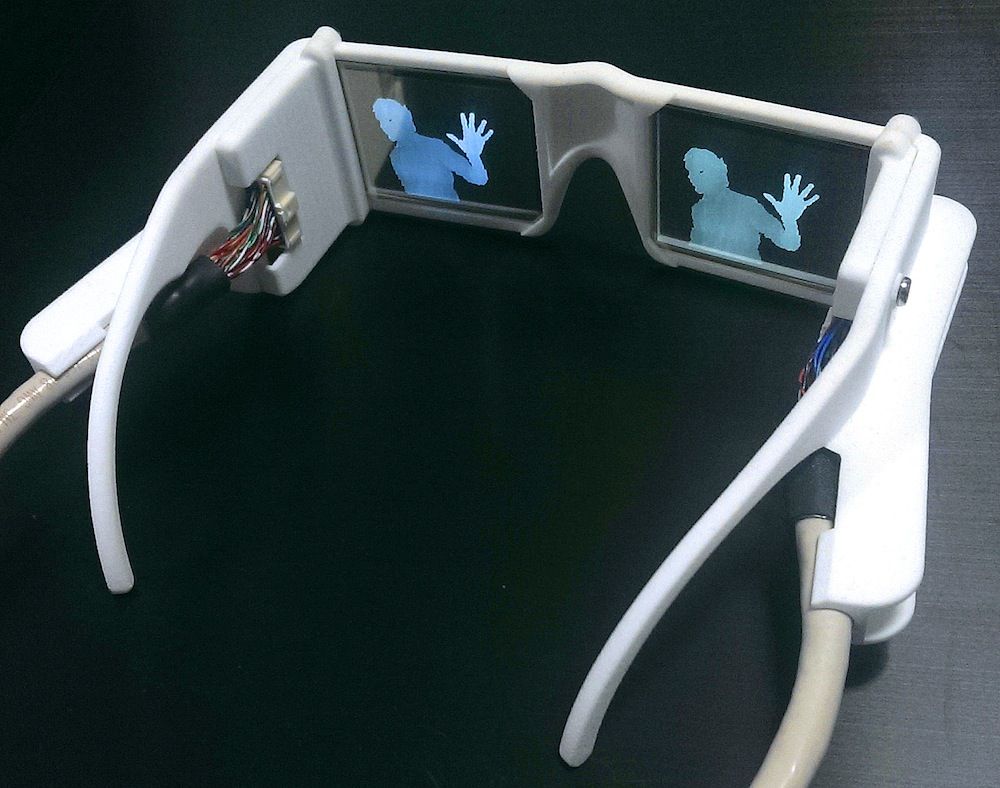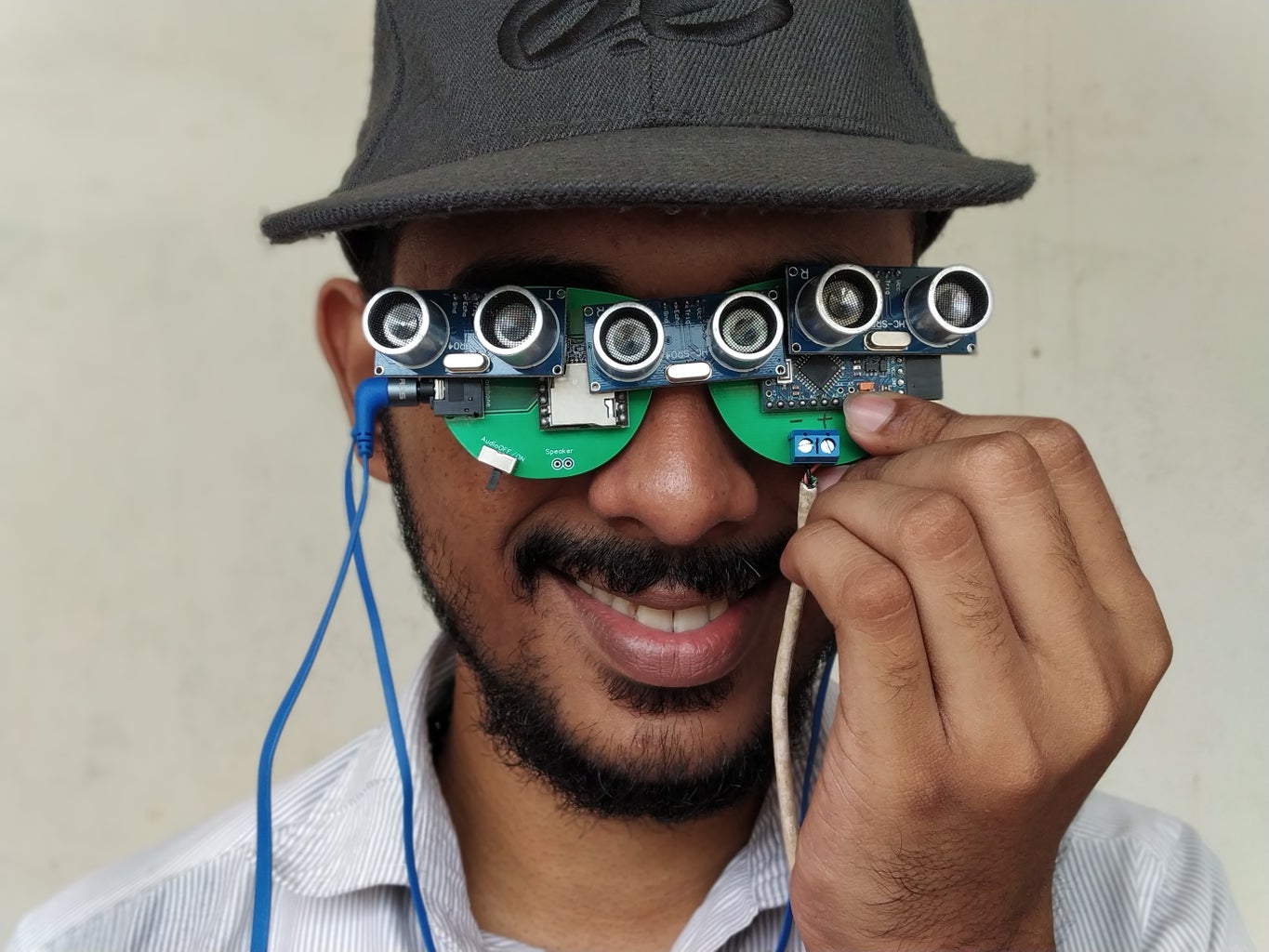Wearable Technology for Low Vision: Transforming How We Navigate the World
Enhancing Availability Via Assistive Technology for the Blind
The integration of assistive technology for the blind stands for a critical innovation in accessibility, essentially changing how individuals navigate their atmospheres and engage with culture. From display readers to ingenious wise walking canes, these tools not just boost independence yet also advertise inclusivity in various spheres of life. As we check out the diverse sorts of assistive devices and their substantial influence on everyday living, it becomes vital to analyze just how ongoing technological developments are improving the landscape of support for the blind neighborhood. What effects do these growths hold for the future of availability?
Summary of Assistive Innovation
Assistive modern technology describes a variety of devices and software program made to enhance the capacities of individuals with disabilities, consisting of those that are blind or visually damaged. This technology plays an important function in advertising freedom and boosting the top quality of life for users. By offering different methods for accessing info and carrying out daily jobs, assistive modern technology empowers individuals to navigate their settings more effectively.
The advancement and execution of assistive innovation welcome a range of principles focused on cultivating ease of access. These principles consist of user-centered design, which prioritizes the requirements and preferences of the individual, and the assimilation of modern technology right into day-to-day activities. Such developments ensure that assistive tools are not only useful yet easy and additionally user-friendly to use.
Additionally, assistive innovation incorporates a diverse range of options, from low-tech options like magnifiers to modern innovations such as screen visitors and Braille display screens. The continuous development of this field is driven by the need to resolve the one-of-a-kind difficulties encountered by individuals with visual problems (Wearable technology for low vision). As modern technology proceeds to development, the capacity for enhancing access and advertising inclusivity remains appealing, inevitably adding to an extra fair culture

Sorts Of Assistive Devices
Many kinds of assistive gadgets are readily available to sustain people who are blind or visually impaired, each developed to resolve specific demands and obstacles. These devices can be generally classified into three primary types: low-tech, mid-tech, and sophisticated options.
Low-tech gadgets include products such as magnifiers, Braille labels, and responsive maps. These are reasonably simple tools that enhance the individual's capability to engage with their atmosphere without needing complex technology.
Mid-tech tools usually entail advanced features, such as electronic magnifiers and portable Braille note-takers. These gadgets can provide capabilities like speech output, allowing users to access info more effectively.

Effect on Daily Living
The schedule of numerous assistive devices substantially boosts the lifestyle for individuals that are blind or aesthetically damaged, influencing their daily living in profound methods. By integrating technologies such as screen readers, Braille displays, and audio summary solutions into their routines, individuals acquire higher autonomy and self-reliance. These tools facilitate access to info, allowing people to execute day-to-day jobs, such as checking out emails, navigating public spaces, and appreciating media web content.
In addition, assistive tools encourage people to engage more completely in social interactions find an optometrist and community tasks. The capability to utilize smart devices equipped with availability functions allows for smooth communication and connection with others. This connectivity cultivates a sense of belonging and minimizes feelings of isolation.
In specialist settings, assistive innovation sustains performance by enabling individuals to full work jobs effectively. Devices like voice acknowledgment software application and specialized magnification tools enable customers to participate in the workforce on equal ground with their sighted peers.

Improvements in Modern Technology
Current technological developments have actually dramatically transformed the landscape of tools available for people that are blind or aesthetically impaired. The assimilation of fabricated knowledge (AI) and maker knowing has actually provided rise to applications that boost navigation and object recognition. For example, smart device apps can currently use AI to recognize and describe environments in real-time, giving users with useful contextual details.
Additionally, improvements in haptic technology have actually led to the advancement of wise canes furnished with sensing units that spot challenges and provide tactile responses. This empowers customers to navigate their atmosphere with increased self-confidence and freedom. Additionally, advancements in text-to-speech software program and braille display screens have boosted the access of digital material, permitting for seamless interaction with numerous media.
Wearable innovations, such as clever glasses, are additionally making strides in aiding aesthetic disability. These gadgets can provide augmented reality experiences, superimposing critical details onto the customer's field of vision. Jointly, these innovations not just boost the lifestyle for people that are blind however additionally promote greater inclusion in society. As technology remains to evolve, the possibility for much more transformative tools remains on the horizon.
Future Trends and Innovations
As innovation rapidly proceeds, the future of assistive devices for people who are blind holds tremendous promise. Technologies in man-made intelligence (AI) and device discovering are poised to transform the means blind customers communicate with their settings. For example, AI-driven applications are being developed to boost object recognition, permitting users to recognize and navigate their environments with greater simplicity and precision.
Additionally, advancements in haptic feedback modern technology are enabling the development of responsive maps and navigation help that provide real-time info through touch. These innovations not only enhance movement however likewise foster independence. Additionally, wearable tools geared up with enhanced truth (AR) attributes are emerging, offering users visual information through audio descriptions, thereby bridging the void between the physical and digital worlds.
In addition, the assimilation of clever home modern technology presents brand-new chances for availability, enabling individuals to manage their living environments through voice commands or smartphone applications. As cooperation between tech designers and the blind neighborhood continues, the concentrate on user-centered layout will certainly make sure that future developments are customized to fulfill the one-of-a-kind demands of this populace (Wearable technology for low vision). The trajectory of assistive innovation promises a hop over to here more comprehensive and empowering future for people who are blind
Conclusion
In conclusion, assistive technology plays an essential duty in enhancing ease of access for people with visual impairments. Constant advancements in innovation and user-centered design make certain that these tools cater properly to the unique demands of the blind community.
The combination of assistive modern technology for the blind represents an essential innovation in accessibility, essentially modifying exactly how people navigate their environments and engage with society.Assistive innovation refers to an array of tools and software program developed to improve the capacities of people with handicaps, consisting of those that are visually damaged or blind. Wearable technology for low vision.As Discover More Here modern technology rapidly progresses, the future of assistive tools for individuals who are blind holds immense guarantee. The trajectory of assistive technology promises a much more empowering and inclusive future for individuals who are blind
In conclusion, assistive technology plays an essential function in improving availability for individuals with aesthetic problems.